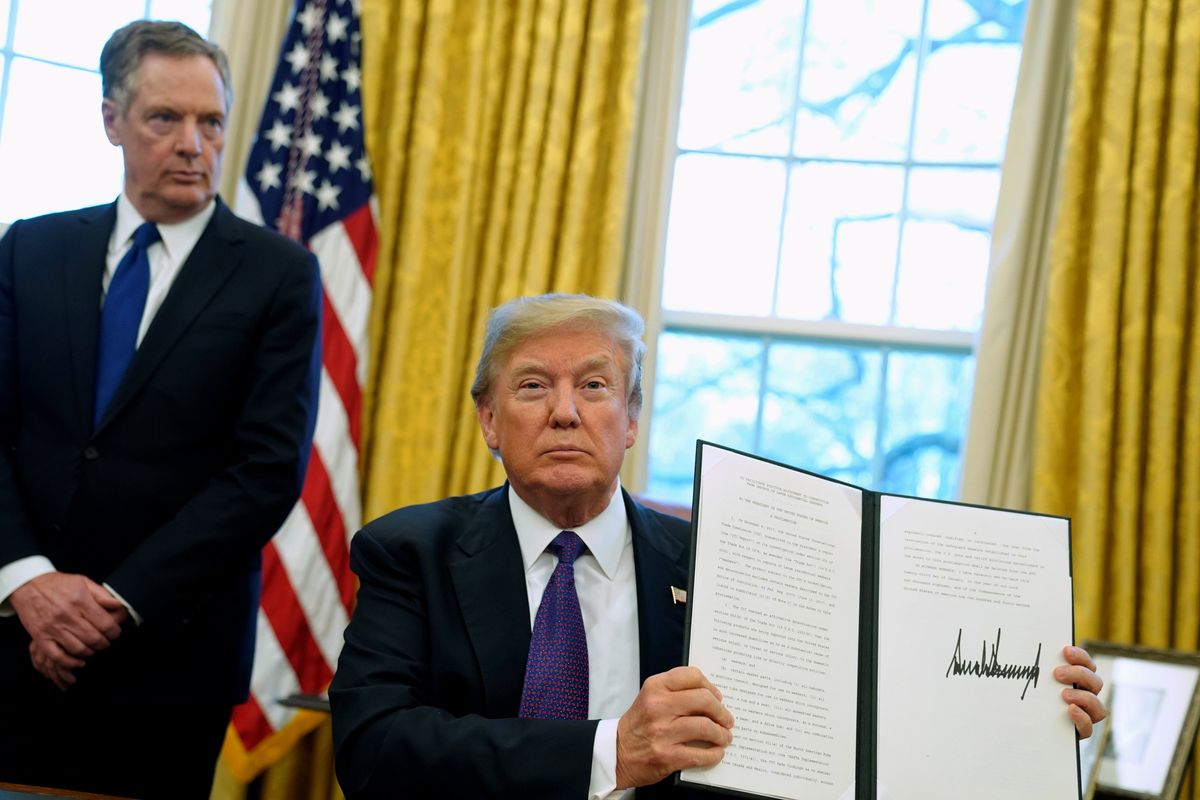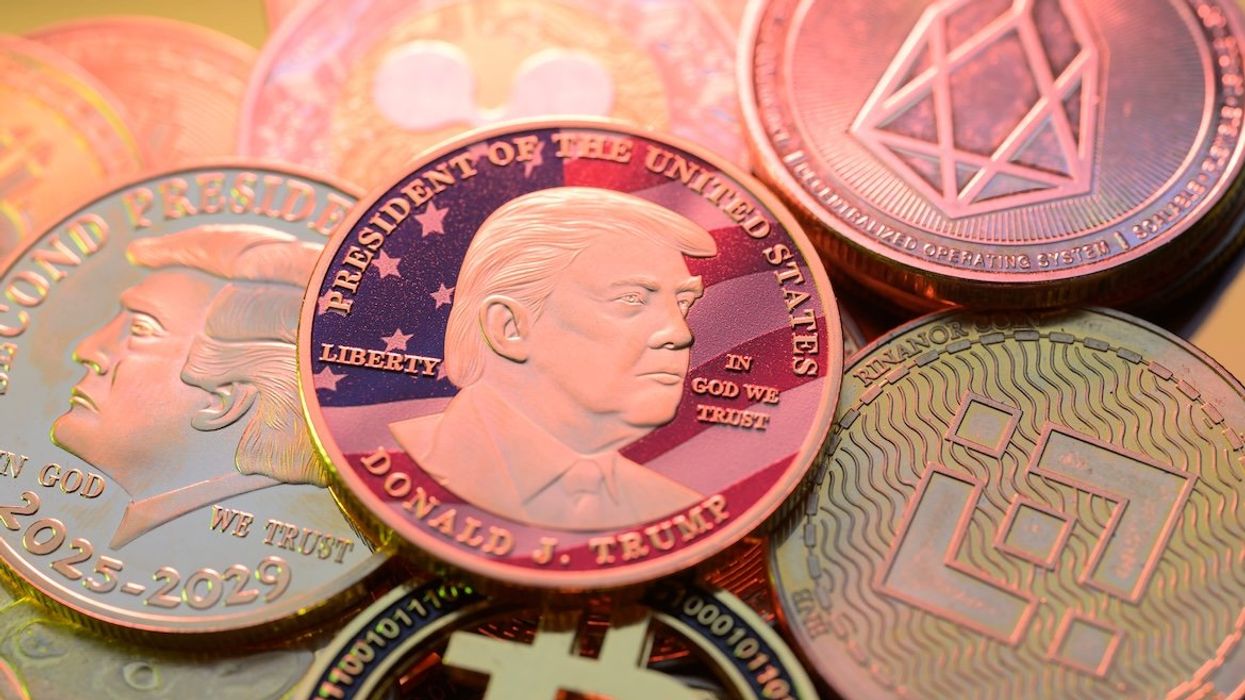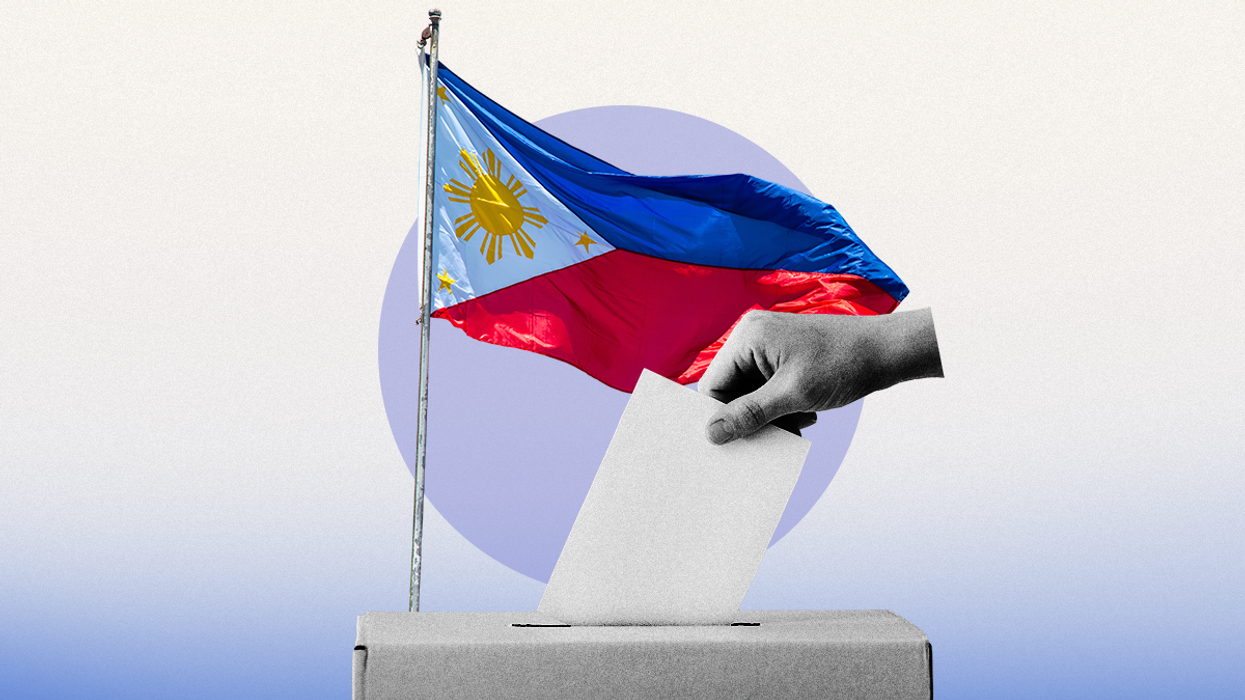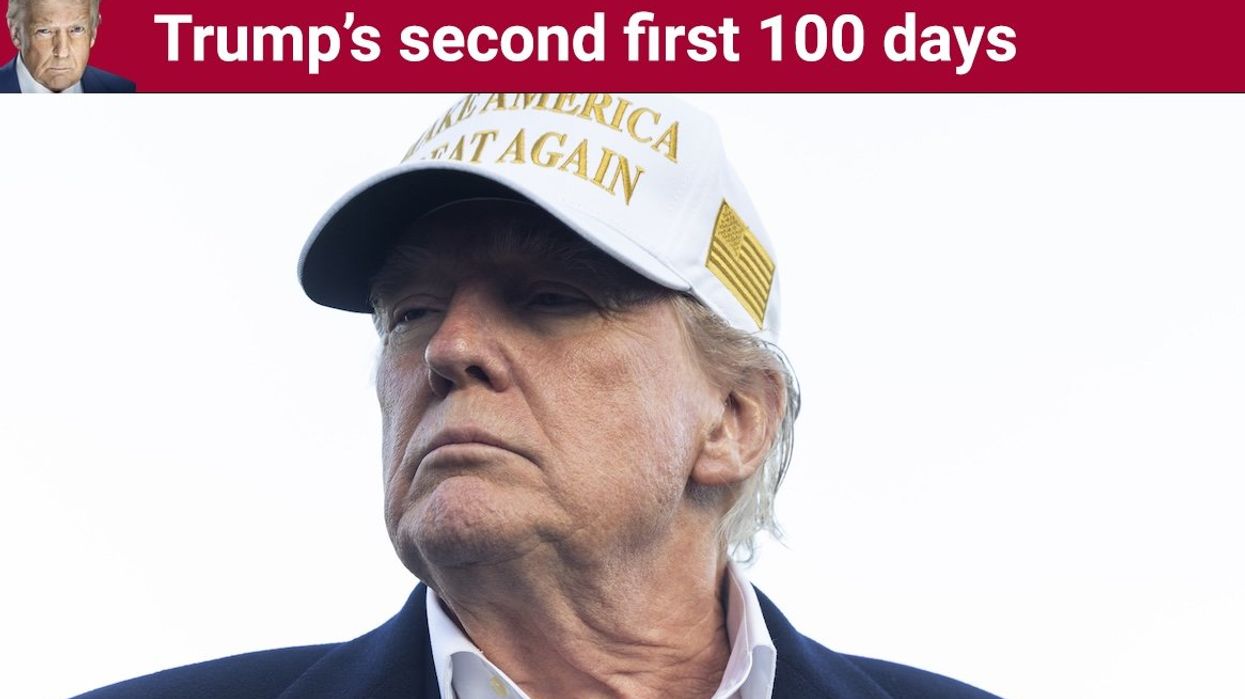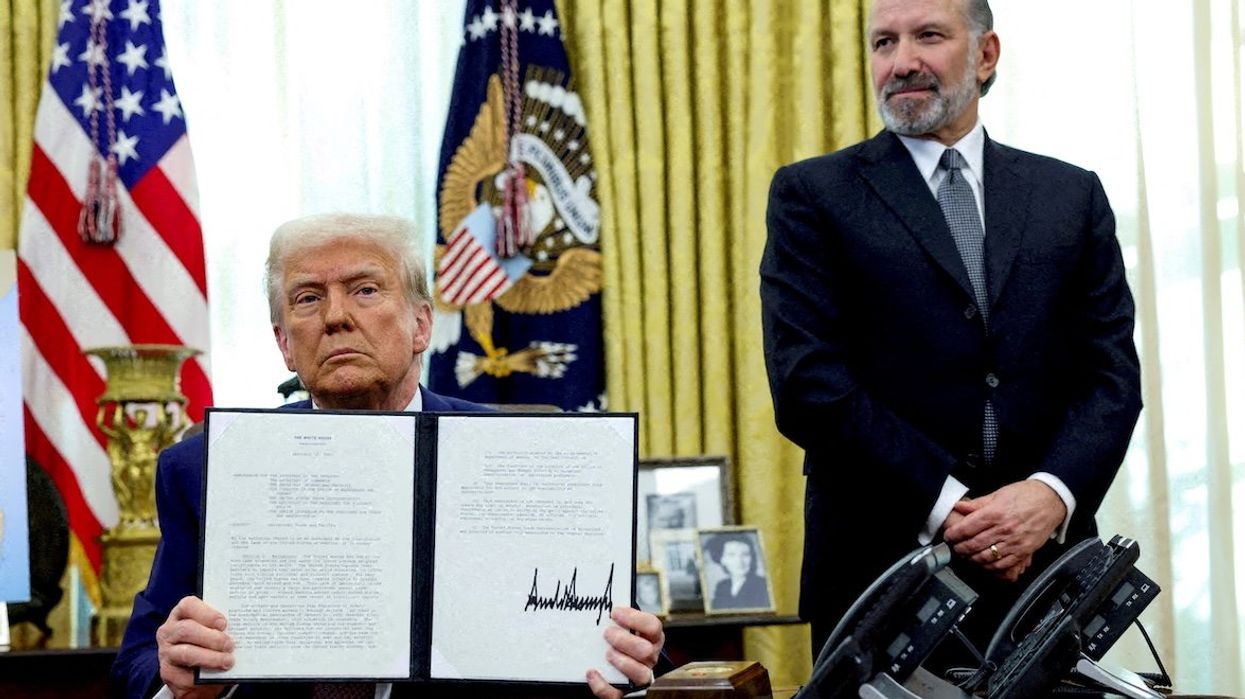Former President Donald Trump delighted in calling himself “Tariff Man.” But Trump’s own Tariff Man was Robert Lighthizer, who led the Office of the US Trade Representative as the president’s top trade negotiator. Lighthizer’s new book, “No Trade Is Free: Changing Course, Taking on China, and Helping America’s Workers,” sets out his black-and-white views on trade, prosecutes his case against China as an existential threat to the US, and recounts his trade battles with foreign counterparts.
My career as a trade negotiator at USTR spanned the Obama, Trump, and Biden administrations. My experience during the Trump years, when Lighthizer was at the helm, can be summarized as: “It was the best of times, it was the worst of times.”
Those years were the best of times because the top priority for Trump was trade policy — it was his obsession. As a result, USTR staff members were extraordinarily busy negotiating deals with China, Mexico, Canada, Japan, and others. For a career federal government official, it was a rare privilege for one’s work to be a top White House priority.
Those years were the worst of times, however, because the Trump administration was hellbent on reversing decades of US trade policy. Trump, for example, promptly withdrew the US from the Trans-Pacific Partnership agreement, something my colleagues at USTR had spent years negotiating. This sudden U-turn meant USTR staff members were tasked with undoing years of trade policy work.
For Lighthizer, trade policy can be boiled down to a couple of words.
“Leverage” is one. His view is that the US has enormous leverage over its trading partners because of their dependency on the US market to sell their goods. He unapologetically believes that the US ought to use that leverage to get what it wants from countries that enjoy huge trade surpluses with the US. Reducing the US’ systemic trade deficits with countries like China and Japan was his — and Trump’s — preoccupation.
In Lighthizer’s view, the best way to use that leverage is by threatening to raise tariffs. Trump did this against China by applying record-high tariffs on billions worth of Chinese imports. And he threatened to slap tariffs on Japanese car imports if Tokyo did not allow more US agricultural products into Japan.
The use of tariffs became such a key part of trade policy for Lighthizer that the US Trade Representative could have been renamed the US Tariff Representative.
Another essential word for Lighthizer is “workers.” When it comes to the purpose of trade policy, his view is crystal clear: Protecting American manufacturing workers is the top priority. Full stop. Lighthizer is a Hamiltonian through-and-through. He quickly dismisses economists, who see the purpose of trade policy to be promoting efficiency. As for the benefits that imports contribute to the US economy — such as greater competition and lower prices — he is similarly scornful.
Lighthizer’s views were decidedly outside the mainstream for decades. Given the strong, pro-free trade consensus in Washington for generations, he was a lone voice in the wilderness decrying the sins of free trade. But then the Trump thunderbolt struck, and he suddenly found himself back in the halls of power.
Although a long-time Republican, Lighthizer’s economic nationalism has always been more in sync with progressive Democrats than free-trade Republicans. That shared view is why he was able to successfully renegotiate the North American Free Trade Agreement. He and many House Democrats were aligned by their mutual disdain of NAFTA, which they saw as a US jobs killer.
Lighthizer teamed up with those Democrats and negotiated new provisions to NAFTA to protect US workers. As a result, the new agreement (renamed as the US-Mexico-Canada Agreement) passed with overwhelming support from House Democrats. The AFL-CIO supported it, even though it had opposed trade agreements for years. But Lighthizer was labor’s ally, ushering in a historic shift.
Across from the White House, the portraits of those who have led USTR line the second-floor walls of the Winder Building, where USTR is located. Of the previous leaders, a sound case can be made that Lighthizer was the most effective in terms of changing the direction of US trade policy, whether one agrees with his vision or not.
Before Lighthizer, the Washington consensus accepted that free trade is good and protectionism is bad. After him, there is now deep skepticism about the benefits of free trade and more willingness to embrace protectionism. That is the most profound shift in US trade policy since World War II. Many Republicans have become Lighthizer’s apostles, and the Biden administration continues Lighthizer’s trade approach.
For Lighthizer, being Trump’s top trade negotiator was the best of times. And the fact that his efforts forged this new consensus on US trade policy means that it still is.
David Boling is Eurasia Group’s Director for Japan & Asian Trade. He worked as Deputy Assistant USTR for Japan from 2015-2022.
